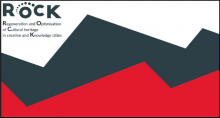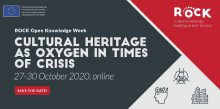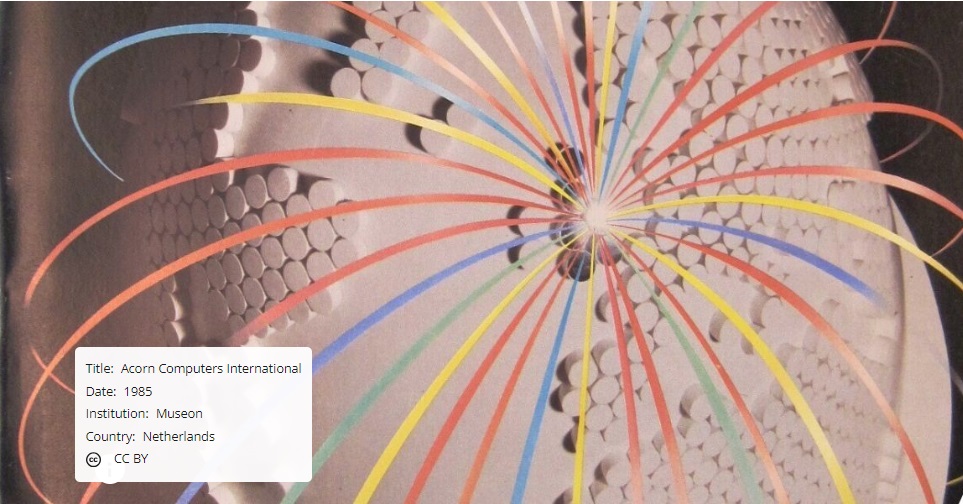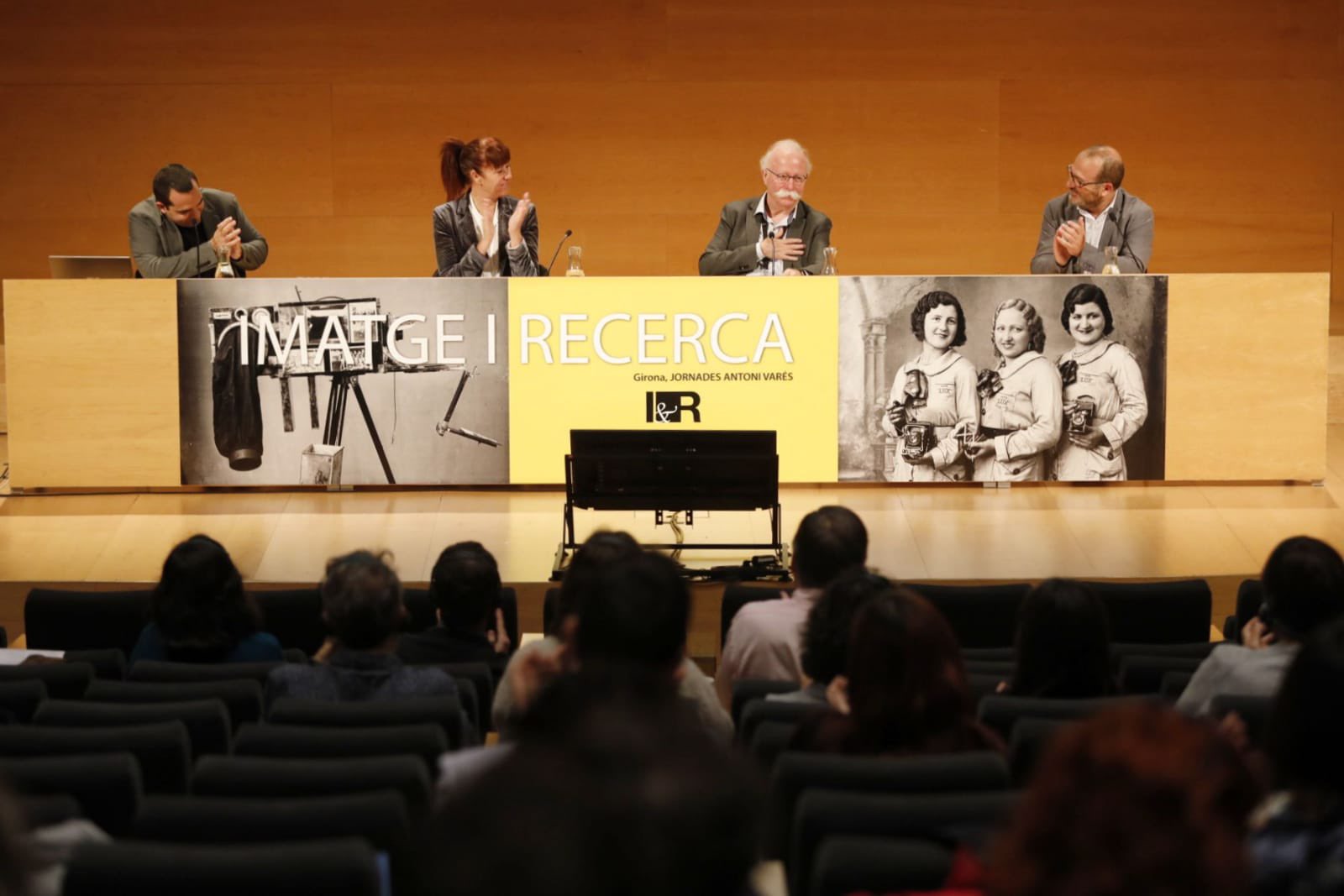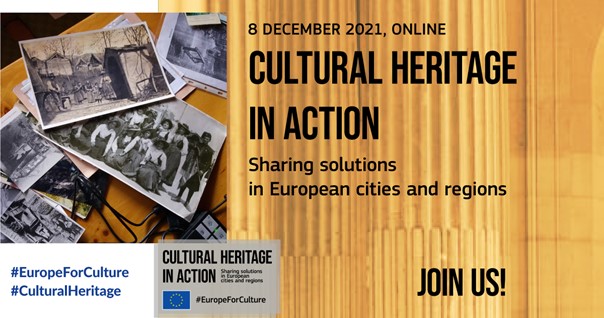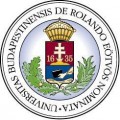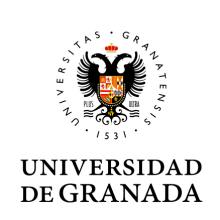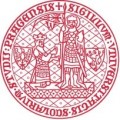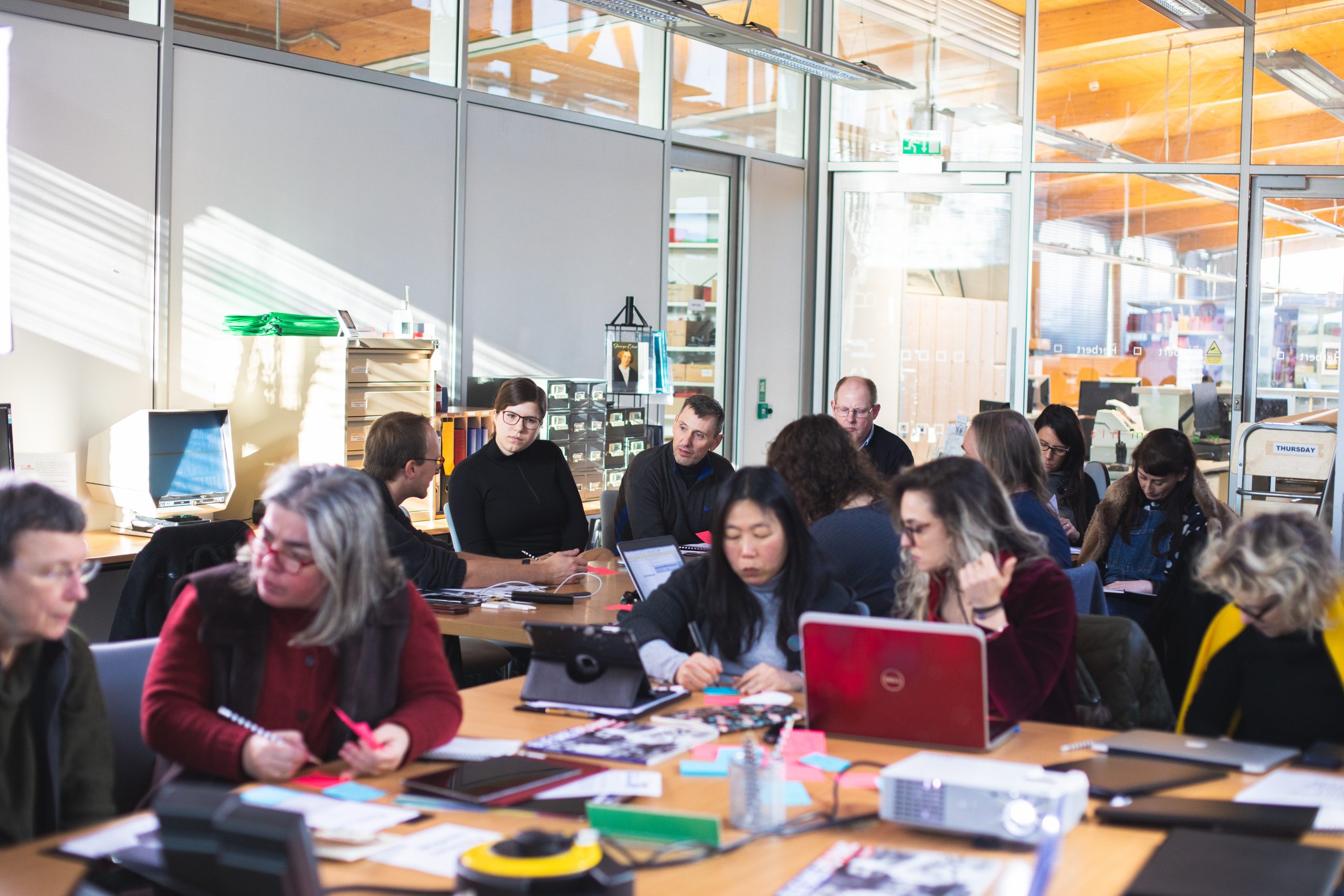 The project 50s in Europe Kaleidoscope was concluded in February 2020. The project explored user engagement with digital cultural heritage by focusing on archival photographs related to the project theme ‘1950s in Europe’.
The project 50s in Europe Kaleidoscope was concluded in February 2020. The project explored user engagement with digital cultural heritage by focusing on archival photographs related to the project theme ‘1950s in Europe’.
Digital Tools
Kaleidoscope gathered user-experience feedback on two tools: the WithCrowd annotation tool and the Visual Similarity Search. The Visual Similarity Search draws on deep learning techniques enabling the linking of resources/images based on visual similarity. Both tools propose innovations in digital exhibition methods by using participatory approaches.
Content Collection and Curation
Digital storytelling was used as a strategy to engage stakeholders via a project exhibition entitled ‘Blue Skies, Red Panic’. The exhibition was realized in various forms: as a travelling exhibition touring cities in Europe including: Pisa, Girona, Antwerp, and Berlin; and as a virtual exhibition showcased on Europeana.eu. The process of sourcing and sharing heritage photographs aimed to enhance the digital collections, increase user interaction, and explore innovations in curatorial practice.
Focus Groups and Workshops
During the Kaleidoscope project a number of events were organised by the consortium. Focus groups and workshops reached target audiences of cultural heritage professionals, academic researchers, students, artists and local citizens. The memories workshop in Girona entitled ‘Family Photo Talks’ used oral history as a co-creative methodology. The Crowdsourcing workshop in Athens invited participants to contribute to the Kaleidoscope annotation campaigns focused on the themes of 1950s Style and Design and 1950s Transport and Travel. While the Rephotography workshop in Coventry focused on repeat photography as a way of engaging users with ‘then’ (1950s) and ‘now’.
Massive Open Online Course (MOOC)
The projects educational focus has created an international outreach, which extends beyond the lifecycle of the project. Kaleidoscope collaborated with the Culture Moves team to develop the MOOC ‘Creating a Digital Cultural Heritage Community’. Modules include a core module introducing user engagement theory, and modules focused on photography and museums. The MOOC currently (May 2020) has 2,035 registered users and is still open for enrolments.
For more information look at:
Impact and Future Exploitation Report
Photoconsortium webpage
- MEDIA PARTNER

-
-
- RELEVANT NEWS from Digitalmeetsculture
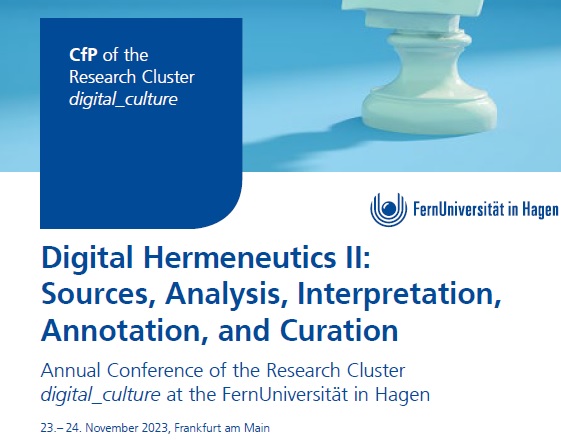 Call for papers, deadline15th September - event to take place at the FernUniversität in Hagen 23 – 24 November 2023
Call for papers, deadline15th September - event to take place at the FernUniversität in Hagen 23 – 24 November 2023-
- REACH-CULTURE POPULAR TAGS in Digitalmeetsculture
- #participateinculture 2018 European Year of Cultural Heritage Berlin Best Practices Budapest call for papers Charles University citizen participation civic engagement Conference and events conferences and events Coventry University cultural heritage cultural participation Cyprus University of Technology digital preservation Eötvös Loránd University EU projects Europa Nostra European citizens European Commission European Year of Cultural Heritage 2018 EYCH H2020 Horizon 2020 innovation Institutional Heritage Pilot MEMOLA project MEMOLab Ministero dello Sviluppo Economico minority heritage Minority Heritage Pilot participatory approaches participatory approaches to cultural heritage Prague preservation Promoter SRL Prussian Cultural Heritage Foundation REACH project resilience Resilient Cultural Heritage and Communities in Europe Roma rural heritage Rural Heritage Pilot Small Towns Heritage Pilot sustainable development UNESCO University of Granada urban heritage workshop





